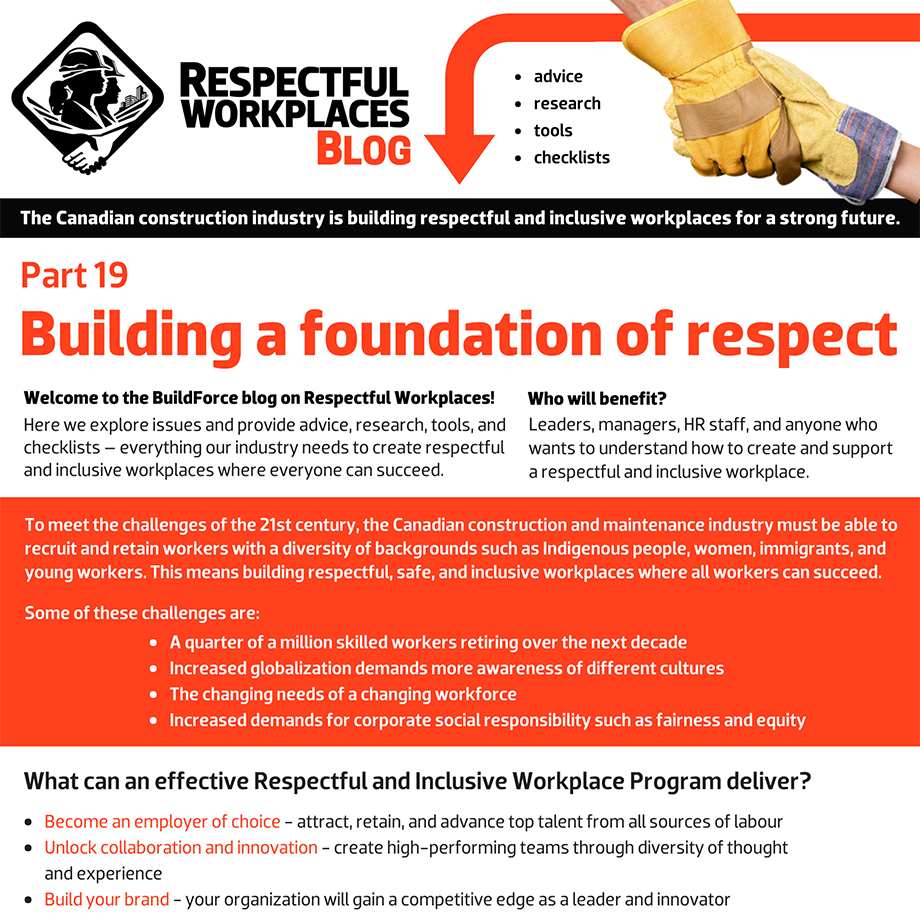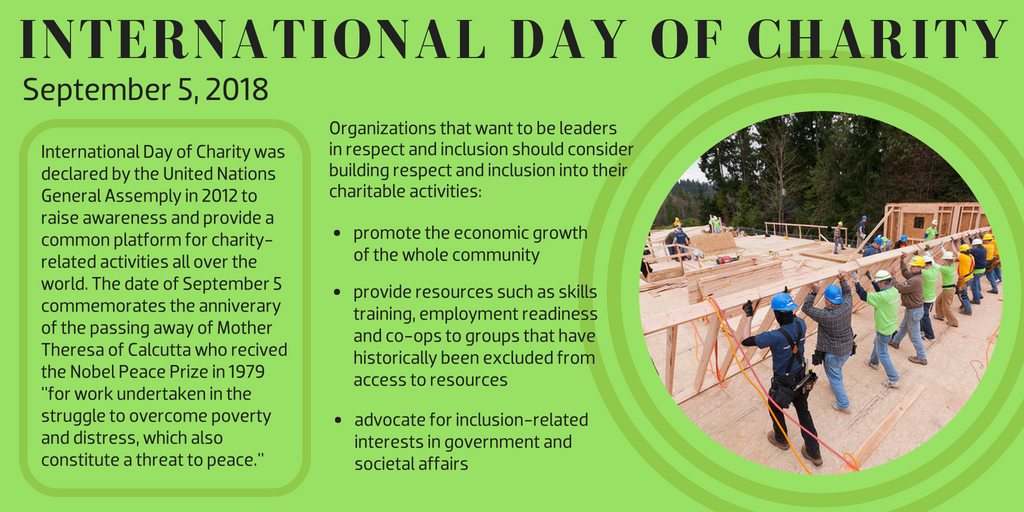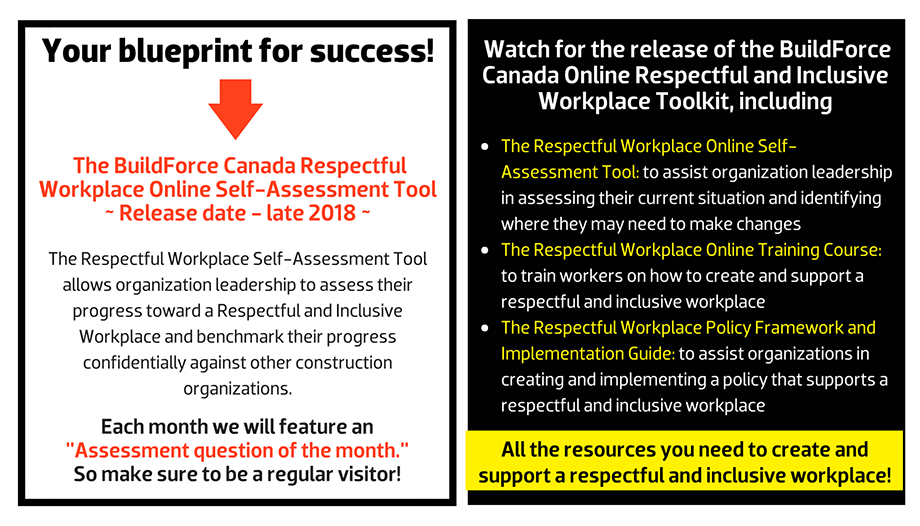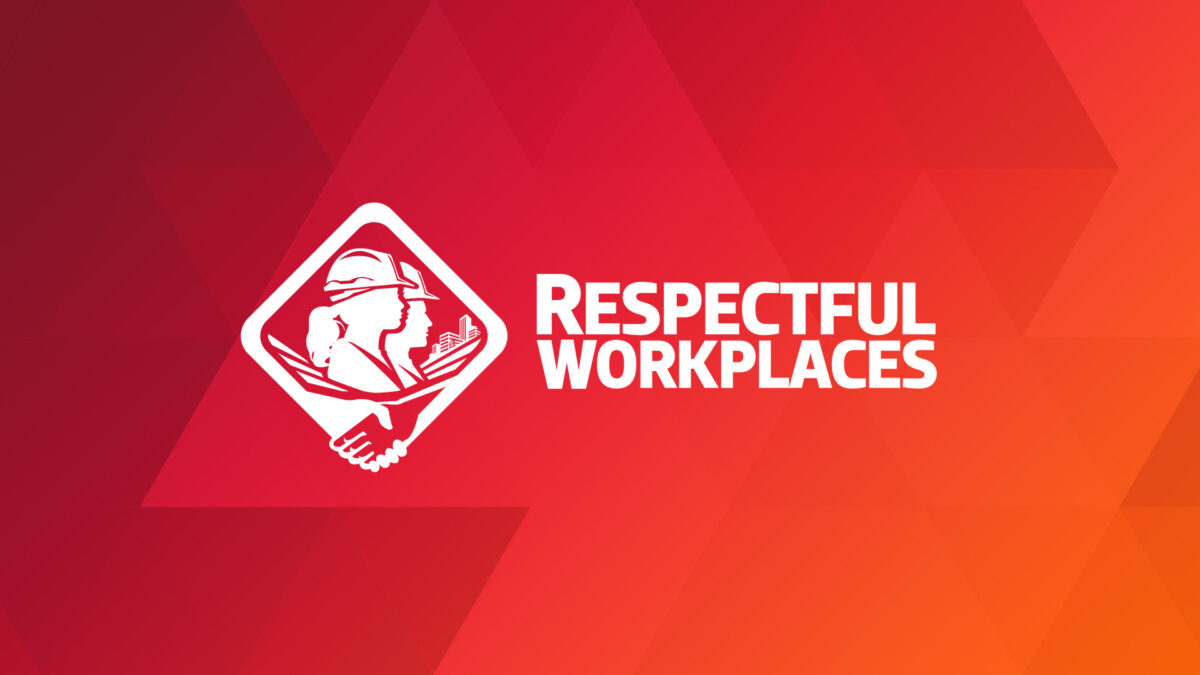
ASSESSMENT QUESTION OF THE MONTH:
Does your organization ensure that all development programs such as mentoring, coaching, skill upgrading and leadership are accessible to all workers?
Research has found that people of different genders and with backgrounds and circumstances that differ from the majority of workers experience barriers to development and advancement opportunities in many ways. For example, one large U.S. company discovered that being selected to work on high profile projects was connected with a greater chance of becoming a partner; however, very few people with a racial minority background had ever been selected for those projects.
Here are some examples of what your organization can do to ensure equal access to development and leadership opportunities for all workers:
- Create formal mentorship training to help ensure that those workers with weaker social networks within the organization get on-the-job training.
- Support professional networks for women and people with backgrounds and circumstances that differ from the majority of workers to provide role models and inspiration.
- Provide skill upgrading and training courses in a variety of delivery methods, such as online, or on a variety of schedules that accomodate family responsibilites or religious holidays.




Resources:
- BuildForce Canada. Online Respect & Inclusion Toolkit. Release Date: late 2018.
- Canadian Centre for Diversity & Inclusion. What Gets Measured Gets Done: Measuring the Return on Investment of Diversity and Inclusion. Report. 2013.
- The Diversity Collegium. Global Diversity & Inclusion Benchmarks: Standards for Organizations Around the World. 2016.



This project has been funded by Status of Women Canada.

Respectful and Inclusive Workplaces
